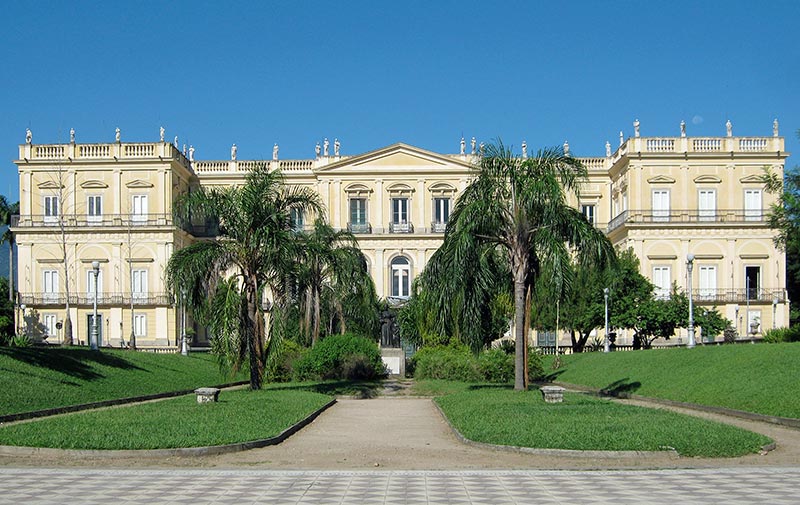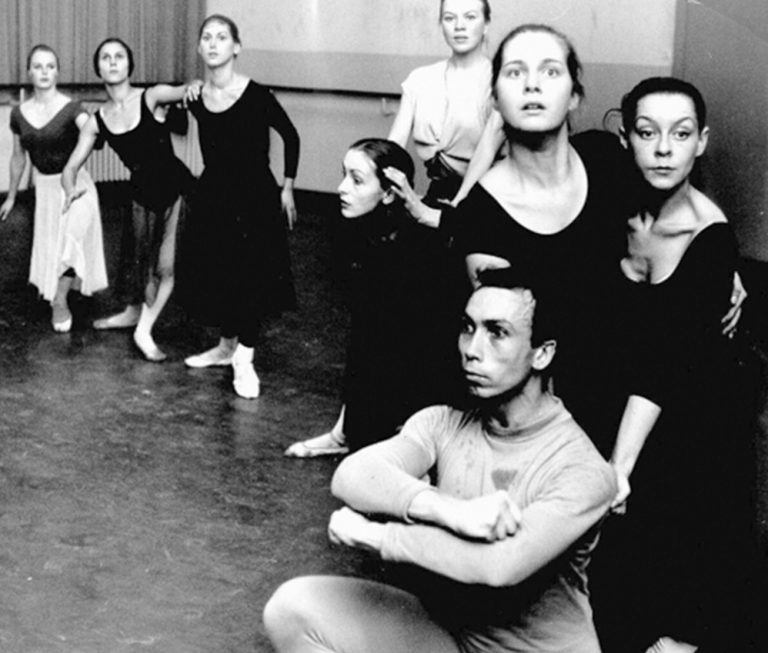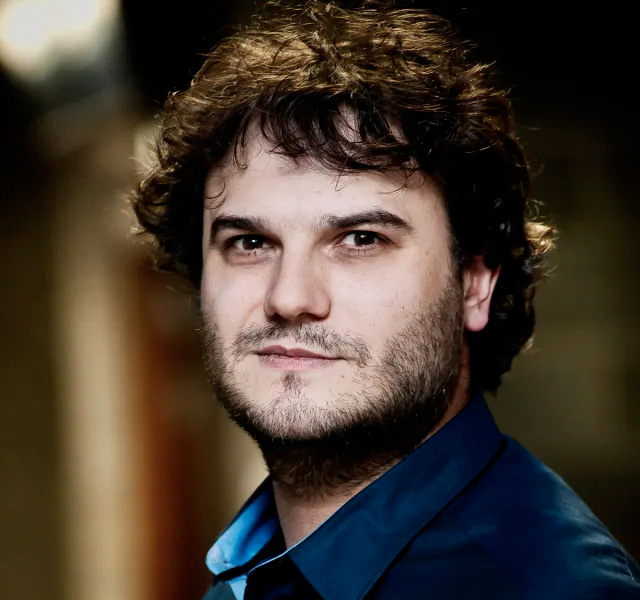Ravaged by a spectacular fire in 2018, the National Museum of Rio de Janeiro has since been working on its reconstruction and is seeking external aid to replenish a collection before its planned reopening in 2026. The natural history museum announced that it had received a donation of 1 104 ancient fossils of Brazilian origin from a private collector.
The fossils – those of dinosaurs, turtles, plants, insects and flying reptiles – were donated by Swiss-German entrepreneur Burkhard Pohl, who has one of the largest private fossil collections in the world. The donation includes rare specimens including two dinosaur fossils, a Tetrapodophis (arguably the first snake fossil) and two pterosaur skulls ever studied. The whole comes from the Brazilian Araripe basin, a major geological site located in the northeast of Brazil.
“It is very important to show the world, in Brazil and abroad, that we unite private people and public institutions” said Alexander Kellner, the museum's director. This donation concretizes the museum's collaboration with the Interprospekt Group – Burkhard Pohl's fossil and precious stone extraction company – and the organization Instituto Inclusaritz, which is leading a campaign for collectors and the scientific community to contribute to the reconstitution of the museum collections. “I look forward to seeing how this collaboration will enrich the museum’s offerings and inspire future generations” Burkhard Pohl said in a statement. “I hope others will join this important collective effort to restore Brazil's natural history collection”.
Launched in 2021, the reconstruction project first focused on the restoration of the facade of the Paço de São Cristóvã (St. Christopher's Palace) which houses the museum. It was supervised by the São Paulo-based firm H+F Arquitetos and completed the following year. The work is now extending to the rest of the building, which should ultimately be able to exhibit around 10,000 objects over a surface area of 5,500 m². The museum previously presented 6,000 objects spread over a space of 3,400 m². The end of the construction site and the full reopening of the museum is planned for 2026.
The largest natural history museum in Latin America, the National Museum of Rio de Janeiro houses more than 20 million objects, including botanical specimens, indigenous objects, fossils and meteorites. In 2018, the fire broke out due to a malfunction in the air conditioning system and destroyed around 85% of the collection. Faced with a lack of support from the Brazilian state, the museum turned to other governments and institutions to finance its reconstruction.







